My passion and perhaps obsession in life has always been trying to figure out the most effective therapies, life choices and social structures that lead to the greatest joy and life satisfaction. This passion has led me to leave behind the religious faith of my fathers, dive into the world of research and academia, globe trot around the four corners of the earth, develop a consistent and therapeutic Yoga practice while filling up my free time up with books, journals, blog posts and lectures that center upon human psychology, the healing of trauma and the transformation of pain into joy.
With this passion guiding me, it was only a matter of time before I was led out beyond the materialistic and Cartesianism confines of western psychology, the austere disciplines of Yoga and Yoga Therapy and into the world of plant medicine, psychedelics and shamanism.
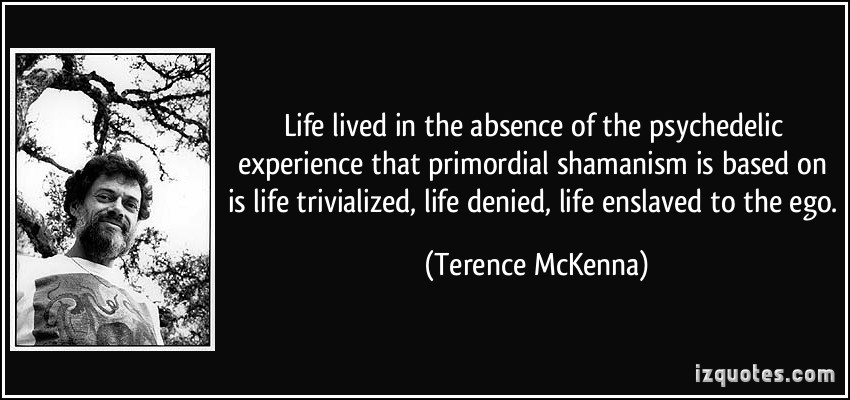
This journey only happened because others before me had done the rigorous and controversial research that was proving how healing psychedelics and indigenous plant medicines could be. Coming from a family that had been deeply scarred by drug addiction, I viewed most drugs, and those who advocated for them, with severe skepticism. Nonetheless, starting about ten years ago I was guided towards scientific research, peer-reviewed journals and clinical stories of addiction, depression and PTSD recovery that urged me to re-evaluate my previous anti-psychedelic judgements and shamanic suspicions.
The Research: LSD, Psilocybin, Ayahuasca and Bufo Alvarius
LSD
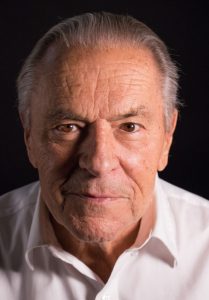 I was first introduced to the benefits of psychedelics during my time as a researcher in Trinity College. A a fellow researcher, a quiet and somewhat shy woman, whom I never would have expected had the least bit of interest in the experience and effects of LSD, recommended to me the work of Czech- born psychiatrist Dr. Stan Grof. I started to delve into his work and was both surprised and fascinated by his case studies and observations. I was astounded by his claim that with just with two to three sessions of an integrated therapy technique that used LSD as a gateway to enter the subconscious, he was able to release the debilitating grip of PTSD on veteran soldiers. This is amazing because, to date, PTSD is still a very difficult psychological disorders to treat and overcome – especially if the only therapy offered is talk therapy.
I was first introduced to the benefits of psychedelics during my time as a researcher in Trinity College. A a fellow researcher, a quiet and somewhat shy woman, whom I never would have expected had the least bit of interest in the experience and effects of LSD, recommended to me the work of Czech- born psychiatrist Dr. Stan Grof. I started to delve into his work and was both surprised and fascinated by his case studies and observations. I was astounded by his claim that with just with two to three sessions of an integrated therapy technique that used LSD as a gateway to enter the subconscious, he was able to release the debilitating grip of PTSD on veteran soldiers. This is amazing because, to date, PTSD is still a very difficult psychological disorders to treat and overcome – especially if the only therapy offered is talk therapy.
Sadly, the efficacy of this treatment studied and executed by Grof was deterred by politics as the 1970´s rolled in with Richard Nixon categorizing LSD and other psychedelics as illegal and illicit substances. Grof attempted to mimic the effects with a technique he called Holotropic breath work. I myself have explored both the effects of LSD and holotropic breath work, and though the breath work does appear to open doors to some aspects of the psyche, for me, it was nothing in comparison to insights and experience LSD offered.
Nonetheless, despite the legal complications, there were still a small group of determined researchers out there who were able to figure out a way to keep investigating the effects of these substances like LSD on trauma, depression, anxiety and other psychological disorders. Thanks to their work, therapies that integrate the healing power of hallucinogenic agents in clinical therapy sessions are now receiving greater interest and acceptance.
Psilocybin
I have not yet had the opportunity to explore the effects of psilocybin but I wanted to include it here in the review of research because it contains the same active ingredient of DMT as both LSD and Ayahuasca and it has probably been the most widely researched plant medicine in the last three decades.
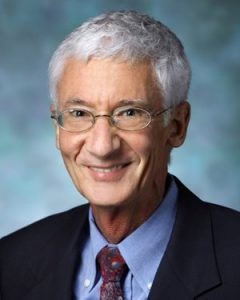 Dr. Roland Griffith has been studying the effects of psilocybin and its effects on mood and depression for over 30 years. Psilocybin is the main hallucinogenic agent in what is popularly known as magic mushrooms. He moved into this research thanks to a transcendental experience he himself had with psilocybin. This experience acted like a doorway that then led him into the practice and discipline of transcendental meditation.
Dr. Roland Griffith has been studying the effects of psilocybin and its effects on mood and depression for over 30 years. Psilocybin is the main hallucinogenic agent in what is popularly known as magic mushrooms. He moved into this research thanks to a transcendental experience he himself had with psilocybin. This experience acted like a doorway that then led him into the practice and discipline of transcendental meditation.
In his research of psilocybin and behavioral sciences, he as demonstrated in multiple clinical trials how the consumption of psilocybin taken within a controlled, therapeutic environment results in an over all improvement in mood and outlook towards life in 75% of participants. He has also demonstrated, in a double blind, randomized study, how this integrated approach of psilocybin and therapy produces substantial and sustained decreases in depression and anxiety in patients with life-threatening cancer. His research continues to show that the effects of psilocybin result in enduring positive changes in psychological functioning and in trait measures of prosocial attitudes and behaviors, months and even years after the completion of treatment. You can read more about his research here.
Ayahuasca
My first introduction to the existence of Ayuahuasca was in Spain via a friend who had recently attended a ceremony. He claimed to have experienced a great sense of expansion and connection from the experience and swore that it had helped him to release a lot of the anger and resentment he had held onto towards his parents others. I was suspicious about such quick and miraculous outcomes and held off from exploring this plant medicine for myself for almost 6 years – despite the fact that more and more people kept coming into my life and confirming that indeed, this plant medicine and ceremony was both transformative and healing.
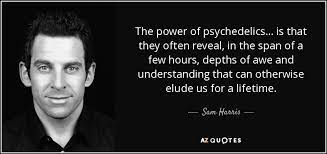 I finally decided to explore this experience for myself after listening to various lectures by great doctors and addiction specialists like Gabor Mate as well as anthropological researchers such as Jaime Wheeler, Brian Muraesku and Profesor Carl Ruck, great thinkers like Sam Harris and the rogue historian Graham Hancock.
I finally decided to explore this experience for myself after listening to various lectures by great doctors and addiction specialists like Gabor Mate as well as anthropological researchers such as Jaime Wheeler, Brian Muraesku and Profesor Carl Ruck, great thinkers like Sam Harris and the rogue historian Graham Hancock.
Later on, after experiencing these ceremonies for myself, I was introduced to the work of the Nierka A.C.This is an organization that promotes scientific research on the therapeutic potential of the ritual use of sacred plants in therapeutic contexts and its interdisciplinary and intercultural integration. They have carried out studies that indicate the integration of ayahuasca rituals and ceremonies with different models of psychotherapeutic treatment have shown to be effective for patients with substance dependence disorders, depression, eating disorders, PTSD, grief and other conditions. They are currently collaborating in the Ayashuasca Treatment Outcome Project (ATOP), an international research project that evaluates the efficacy of Ayahuasca in the treatment of addiction, depression and anxiety.
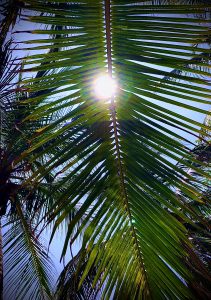 I found out about Nierka A.C. thanks to a random conversation in a coffee shop in Puerto Escondido, Mexico with a fellow named Mathew Mchugh. Mathew began to describe to me how after an attack that resulted in a severe brain injury and partial paralysis, it was the various combinations of plant medicines and psychedelics that had enabled him to stop the daily tremors and regain control of his limbs once again. He claimed that the DMT found in these psychedelic medicines is what enabled the damaged neurons of his brain to create new pathways and enable him to heal. This claim seems to be supported by other peer reviewed work published in reputable journals such as Nature which confirms with brain scans that indeed, these psychedelics substances appear to increase neuronal genesis – production of new neurons. In speaking with Mathew I could tell that there was still a slight delay in how his limbs and eyes responded to stimuli, but if his story was true, it was indeed a miraculous recovery.
I found out about Nierka A.C. thanks to a random conversation in a coffee shop in Puerto Escondido, Mexico with a fellow named Mathew Mchugh. Mathew began to describe to me how after an attack that resulted in a severe brain injury and partial paralysis, it was the various combinations of plant medicines and psychedelics that had enabled him to stop the daily tremors and regain control of his limbs once again. He claimed that the DMT found in these psychedelic medicines is what enabled the damaged neurons of his brain to create new pathways and enable him to heal. This claim seems to be supported by other peer reviewed work published in reputable journals such as Nature which confirms with brain scans that indeed, these psychedelics substances appear to increase neuronal genesis – production of new neurons. In speaking with Mathew I could tell that there was still a slight delay in how his limbs and eyes responded to stimuli, but if his story was true, it was indeed a miraculous recovery.
Dimethyltryptamine (DMT)
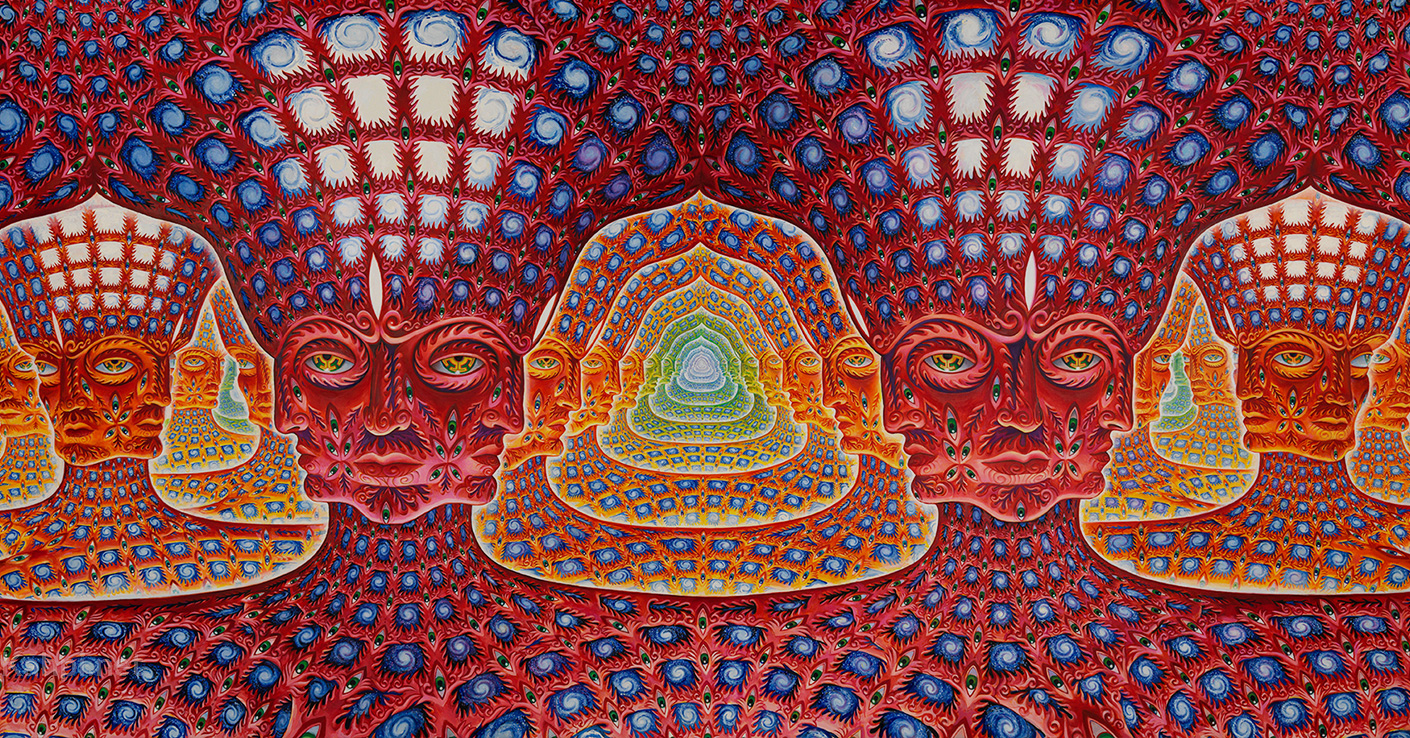
From a simplified neuropharmacological point of view, it appears that the main chemical responsible for these effects is dimethyltryptamine or DMT. However, there are other inter-related neuropharmacological aspects such as harmine that appears to regulate dopamine re-uptake, activate serotonin receptors as well as modulation of cortisol levels that maybe responsible for anti-inflammatory action observed post-treatment. Finally, mechanisms associated with neuroplasticity and neurogenesis have been implicated by several studies of this family of DMT psychedelic compounds (see full literature view here).
It is also suggested, based upon several neuroimaging studies, that the altered state of consciousness produced by ayahuasca (and psilocybin) creates a disruption or interruption of the repetitive, rigid, and pathological pattern of negative and compulsive thoughts present in mood, anxiety and substance use disorders, contributing to changes in perspective, values and behavior.
Bufo Alvarius- 5-MeO-DMT
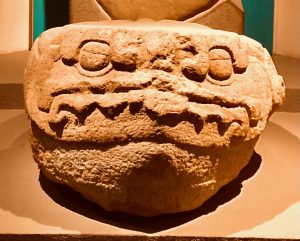
I will make the disclaimer here that until I went to Mexico I had never heard of Bufo Alvarius otherwise known as ´El Zapo ´ the toad. Only after a very intense private ceremony with a shaman on a beach in Cancun did I start to research this extremely powerful psychedelic. Looking back I recognize how my own pride and ignorance led me into the experience. I do not regret it, but I want to make it clear that the active ingredient in Bufo Alvarius is a different chemical (5-methoxy-N,N-dimethyltryptamine: 5-MeO-DMT) from the aforementioned psychedelics. Consequently it resulted in a different experience from what I had experienced with Ayahuasca or LSD. My experience with it was extremely intense and it took some serious self-reflection and time to be able to integrate it. It was like a big kick in the face and made my experiences with Ayahuasca seem like a large warm hug.
The powerful hallucinogenic chemical 5-MeO-DMT comes from the glands of the Sonoran Desert Toad in Mexico known scientifically as Bufo Alvarius. There is less research on this chemical and its relation to long term psychological health. However, there does seem to be evidence that after one inhalation of this substance there is an increase in life satisfaction and a decrease in psychological pathological behavior. There is also anecdotal evidence that it appears to be effective in ending addictive behavior, even to drugs such as cocaine and meth. In fact, the shaman who took me through the ceremony admitted that it was ´El Zapo´ that had cured him of his own addiction to cocaine.
Breaking the psychedelic taboo with science and experience
It was not long ago that Yoga itself was considered a taboo and cult like practice. In fact, less then 10 years ago when I arrived to Seville, Spain, it was not uncommon for people to look at me oddly and ask if I was part of a cult when I told them I taught Yoga. Others simply saw the practice of Yoga as yet another fitness program.
This is not unlike the reaction I have observed towards psychedelics. It could been viewed as a cult like act to go into a ceremony and surrender oneself to the music, silence and guidance of a shaman. Others simply view these substances as another option in a long list of party drugs. I will not deny the danger of falling victim to a manipulative shaman, just as there is a danger in falling victim to a predatory guru. Likewise, a person without the proper knowledge of psychedelics can cause great harm just as any Yoga instructor or practitioner can without the proper training and experience.
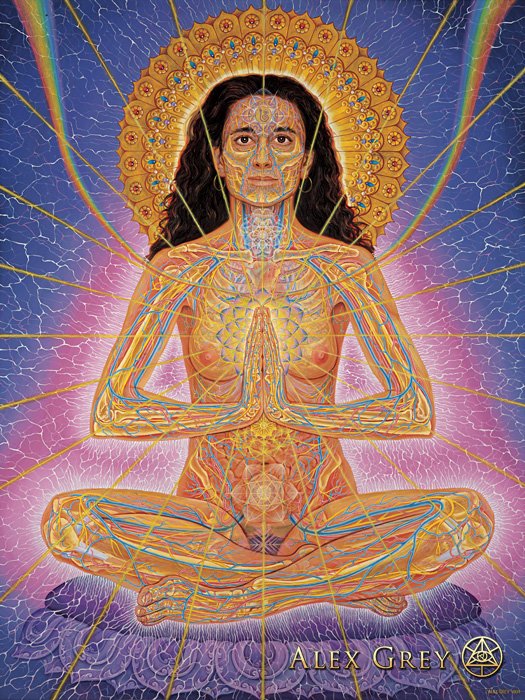
I agree with the current literature concerning plant medicine that only part of the healing and transformative experience is bound to the chemical reaction of DMT or 5-MeO-DMT. The guide and the environment play a huge part in the successful healing process of these psychedelics and plant medicine – just as it does in the practice of Yoga. Both modalities require a knowledgeable guide and a safe environment. When these requirements are fulfilled, both psychedelics and Yoga take on a whole new level of efficacy and healing power.
Thanks to researchers into the field of Yoga and meditation, and the many millions of people now practicing and experiencing the benefits of Yoga for themselves, the taboo around the practice of Yoga has all but disappeared. Likewise, using science to explore what is effective opens the doors for many individuals who many be suffering deeply from various pathologies, to experience for themselves the power of integrating psychedelics and therapy. With each successful case and study the taboo surrounding plant medicines and psychedelics is slowing losing its grip over the collective conscious – I know at least for myself, this has been my journey.
As mentioned above, I admit that I was one of those who looked at psychedelics with great suspicion at first. However, due to my own personal traumas, my work as a crisis counselor and Yoga therapist, the efficacy of this aforementioned research to help heal deep seeded traumas, greatly piqued my interest. I needed to learn more. I was not content to simply sit back as an armchair academic and observe these effects by reviewing the dry publications of academic journals. Just like my journey into Yoga, I felt compelled to explore these traditional psychedelic medicines for myself.
Part II Coming Soon : My Experience with Ayuahuasca and the Santo Daime Tradition.
